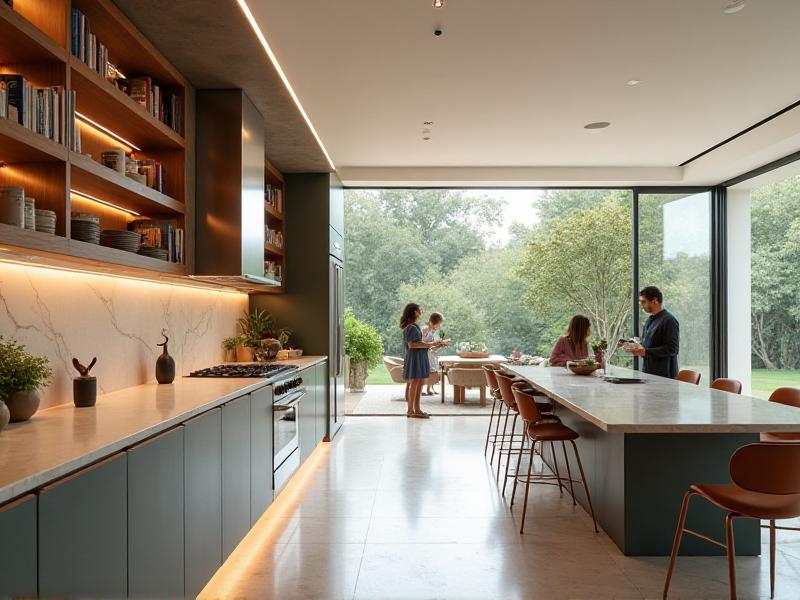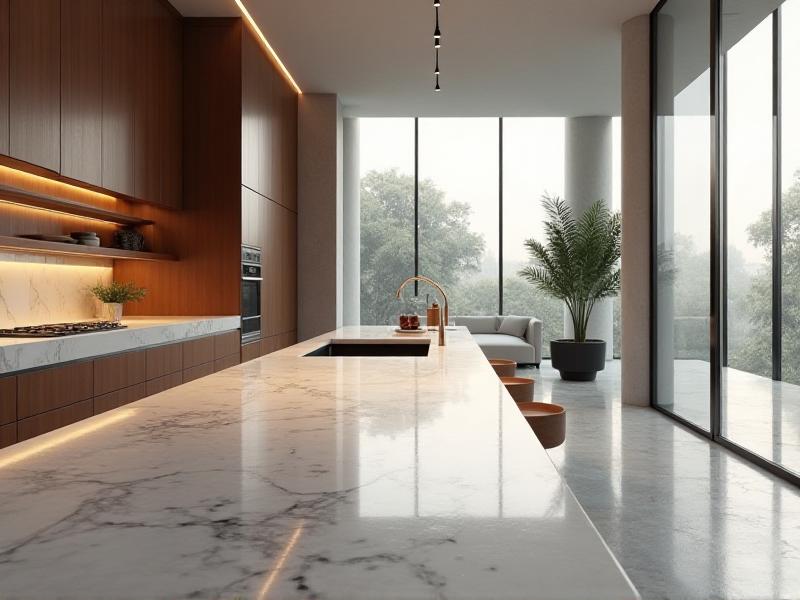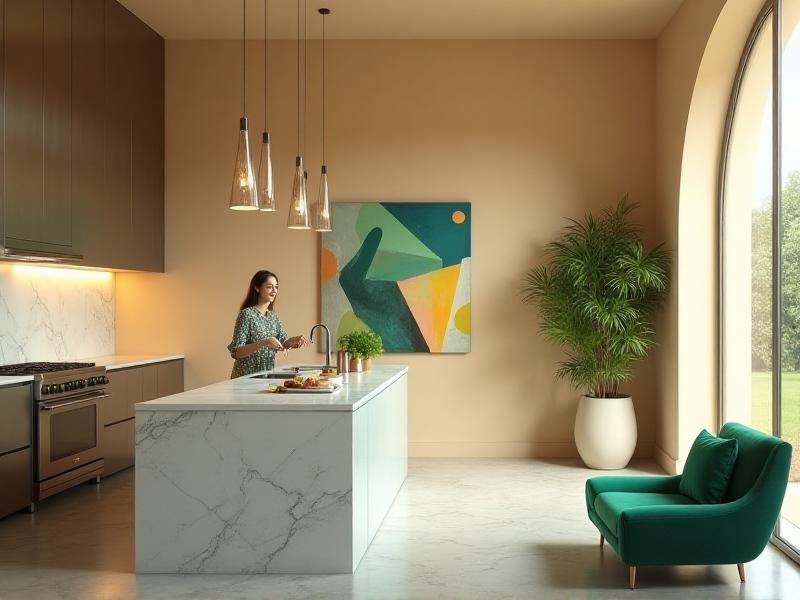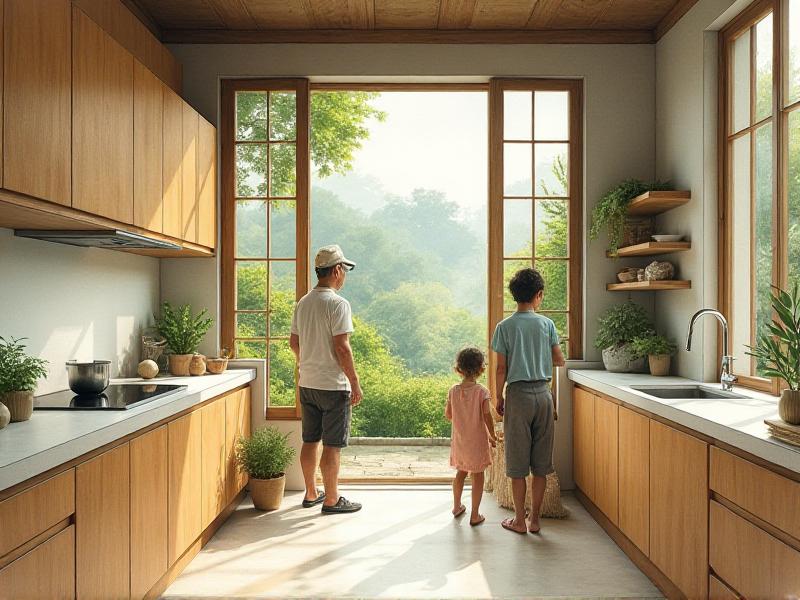Understanding the Basics of Kitchen Finishes
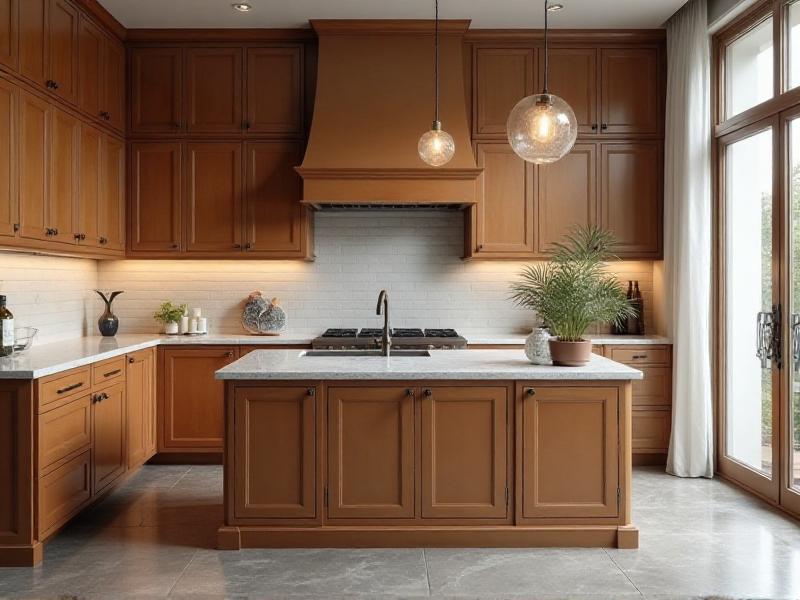
When it comes to designing a kitchen, the finishes you choose play a crucial role in defining the overall aesthetic. From cabinets to countertops, hardware to flooring, each element contributes to the final look. Understanding the basics of kitchen finishes involves knowing the different types of materials available, their textures, and how they interact with light. For instance, glossy finishes reflect light and can make a space feel larger, while matte finishes absorb light, creating a more subdued and cozy atmosphere. The key is to balance these elements to achieve a harmonious design.
Choosing a Color Palette That Works
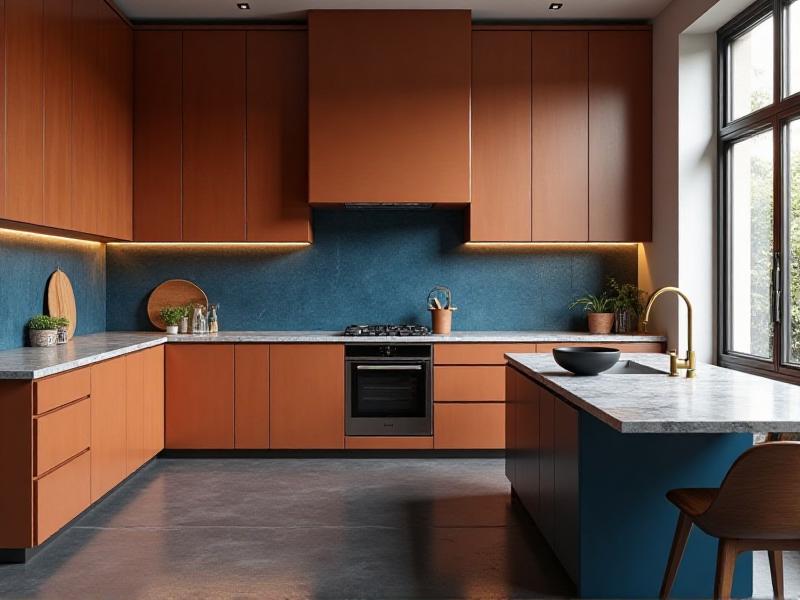
Selecting the right color palette is essential for mixing and matching kitchen finishes. Start by choosing a primary color that will dominate the space, such as the color of your cabinets or walls. Then, select secondary and accent colors that complement the primary color. For example, if you have white cabinets, you might choose a soft gray for the countertops and a bold navy for the backsplash. The goal is to create a cohesive look that ties all the elements together without overwhelming the space.
Mixing Materials for Texture and Depth

One of the most effective ways to add interest to your kitchen is by mixing different materials. Combining wood, metal, stone, and glass can create a layered look that adds texture and depth to the space. For example, you might pair a wooden countertop with stainless steel appliances and a glass backsplash. The contrast between the materials will make each one stand out, creating a dynamic and visually appealing kitchen. Just be sure to maintain a balance so that no single material overwhelms the others.
Balancing Modern and Traditional Elements
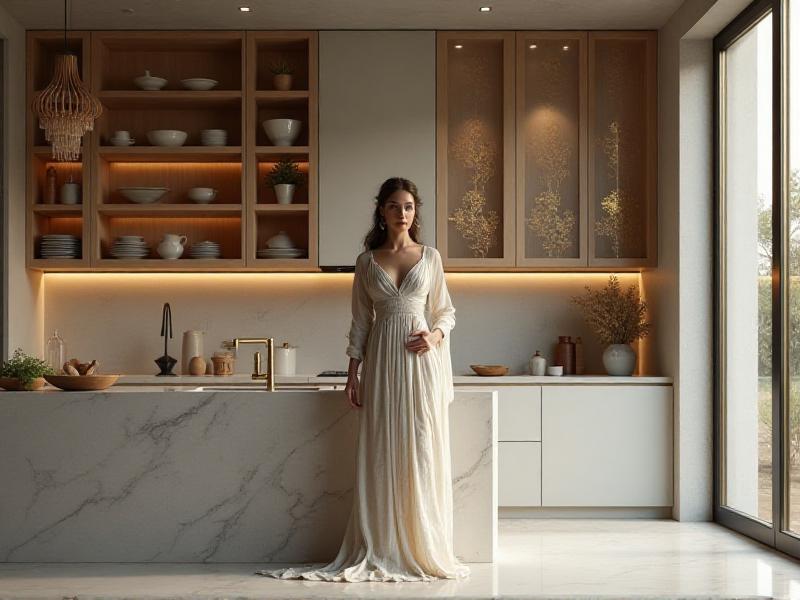
Mixing modern and traditional elements can create a timeless kitchen design. For instance, you might pair sleek, minimalist cabinets with a classic farmhouse sink or combine a contemporary quartz countertop with vintage-inspired hardware. The key is to find a balance between the two styles so that neither one dominates the space. This approach allows you to enjoy the best of both worlds, creating a kitchen that feels both current and enduring.
Coordinating Hardware and Fixtures
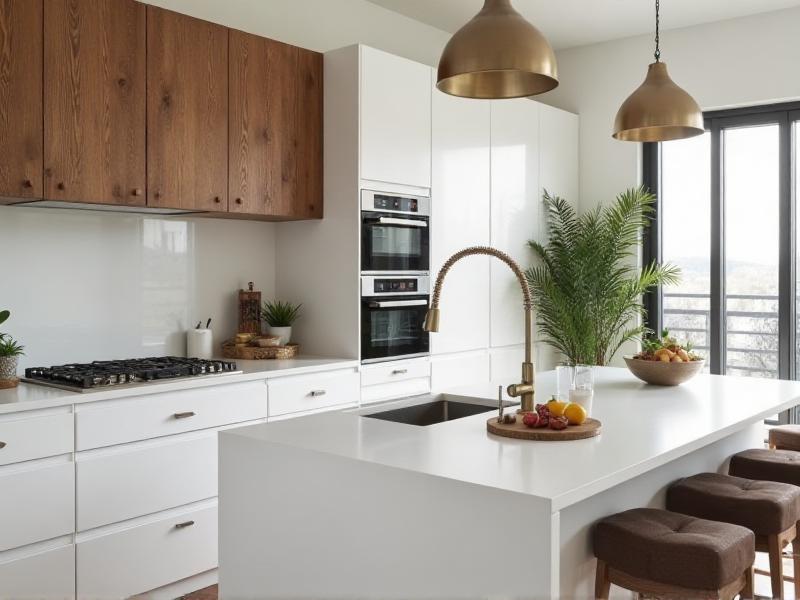
Hardware and fixtures are the finishing touches that can make or break your kitchen design. When selecting hardware, consider the style and finish of your cabinets and countertops. For example, if you have a modern kitchen with glossy white cabinets, you might choose sleek, brushed nickel handles. On the other hand, a rustic kitchen with wooden cabinets might look best with antique brass hardware. The goal is to ensure that all the elements work together to create a cohesive look.
Lighting as a Finishing Touch
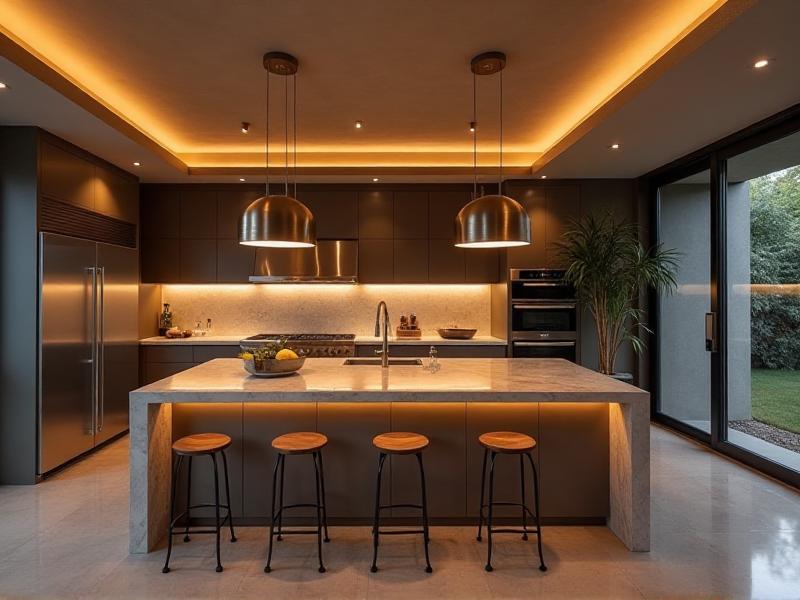
Lighting is an often-overlooked aspect of kitchen design, but it can have a significant impact on the overall look and feel of the space. Consider the different types of lighting you can incorporate, such as task lighting for food preparation, ambient lighting for general illumination, and accent lighting to highlight specific features. The finish of your light fixtures should also complement the other finishes in your kitchen. For example, if you have stainless steel appliances, you might choose light fixtures with a similar finish to tie everything together.
Creating Focal Points in Your Kitchen
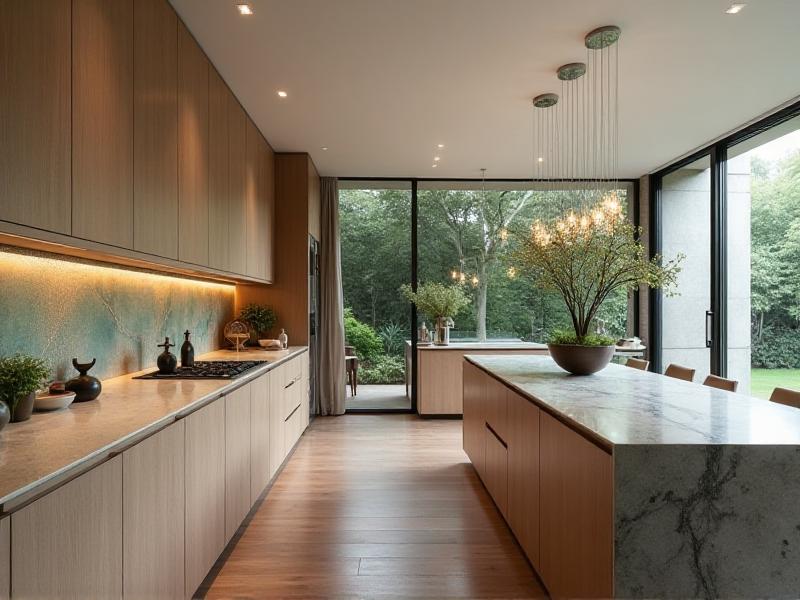
Every well-designed kitchen has at least one focal point that draws the eye and anchors the space. This could be a stunning backsplash, a unique countertop, or a statement light fixture. When mixing and matching finishes, it's important to consider how each element contributes to the overall design and whether it enhances or detracts from the focal point. For example, if you have a bold, colorful backsplash, you might choose more subdued finishes for the cabinets and countertops to let the backsplash shine.
Practical Considerations for Durability and Maintenance
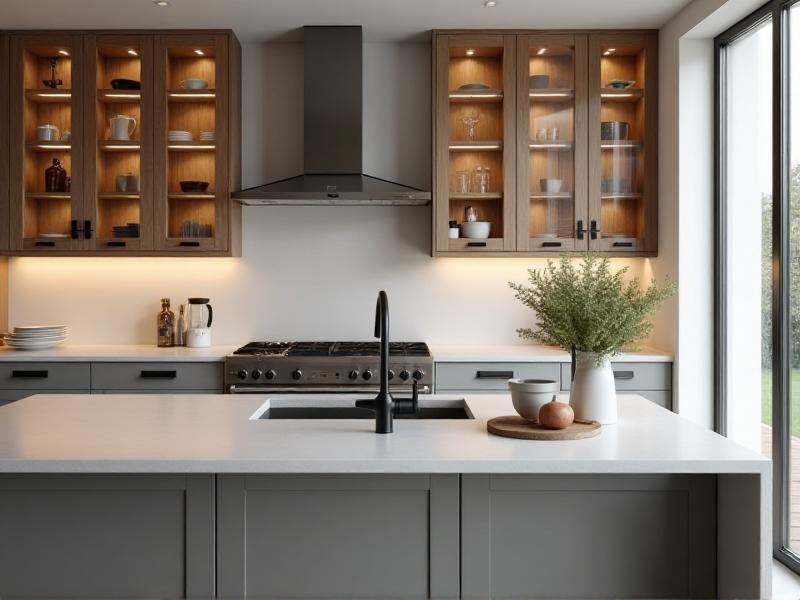
While aesthetics are important, it's also crucial to consider the practicality of the finishes you choose. Some materials are more durable and easier to maintain than others, which is especially important in a high-traffic area like the kitchen. For example, quartz countertops are known for their durability and low maintenance, while natural stone countertops may require more care. Similarly, certain finishes on cabinets and hardware may be more prone to wear and tear. When selecting finishes, think about how they will hold up over time and whether they fit your lifestyle.
Key Takeaways
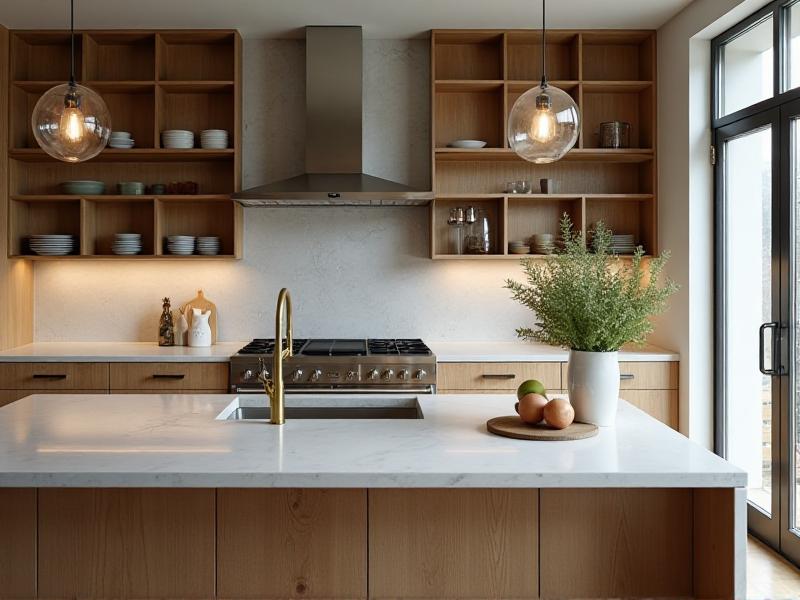
Mixing and matching kitchen finishes like a pro involves understanding the basics of materials and textures, choosing a cohesive color palette, and balancing different elements to create a harmonious design. By considering the interplay of modern and traditional styles, coordinating hardware and fixtures, and incorporating effective lighting, you can create a kitchen that is both functional and visually appealing. Don't forget to create focal points and consider the practical aspects of durability and maintenance to ensure your kitchen stands the test of time.
Frequently Asked Questions
Q: Can I mix different metal finishes in my kitchen?
A: Yes, mixing metal finishes can add depth and interest to your kitchen. Just be sure to maintain a balance and choose finishes that complement each other.
Q: How do I choose the right countertop material?
A: Consider factors like durability, maintenance, and how the material complements your overall design. Quartz, granite, and marble are popular choices, each with its own pros and cons.
Q: What’s the best way to create a cohesive look in my kitchen?
A: Start with a clear color palette and stick to it. Choose finishes and materials that complement each other and consider the overall style you want to achieve, whether it’s modern, traditional, or a mix of both.
